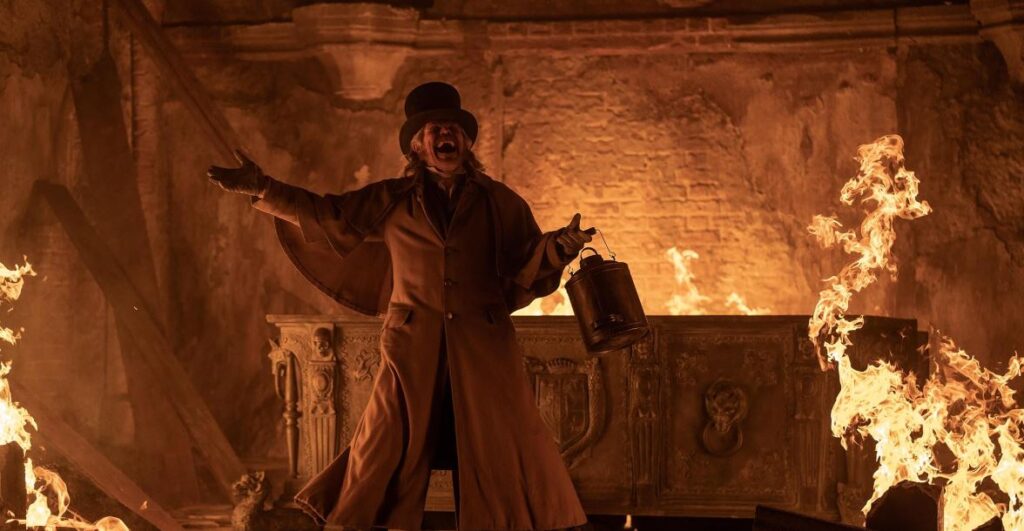
Directed by Robert Eggers
2 hours 12 minutes, Rated R for corpse fluid, necrophilia, eating live animals and killing children (this film really goes there).
So, are you a No-sferatu or a Yes-feratu?
Fair Value of Nosferatu (Eggers Remake): $7.00. It’s a film for the completionists and those who really like the Eggers folk horror style, but non-horror fans may get bored.
I am middle-aged and well past my prime, and newly cut the cord on my Amazon Prime. F.W. Murnau’s original masterpiece of 1922 came in the wake of the Spanish Influenza, a pandemic which killed 50 million worldwide and served as the coffin nail on the imperial world of the Gilded Age. Robert Eggers has finally completed his dream project, four years after the Covid epidemic, which killed 33 million and has largely closed the door on the neoliberal ‘End of History’ era of 1991-2020.
Eggers’ Nosferatu is a rasping fever dream, acutely steeped in the imagery and iconology of plague and contagion. Eggers has made an elevated horror adaptation of the classic, one where the environment runs far ahead of the monster, who Eggers uses as sparingly as possible.
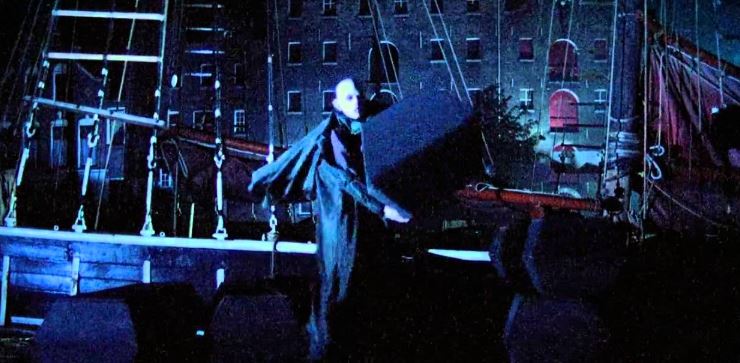
A Plague Ship for Our Times
Well, that was certainly one way to process your Covid quarantine traumas, wasn’t it? Not to mention the sheer sexual repression of these modern generations. Fun fact: people in the 19th century actually enjoyed fucking and didn’t feel bad for it. It’s just you moderns that can’t actually visualize doing the deed.
Well in the absence of love there’s death, and in the Von Hutter (Nicholas Hoult and Lily Rose Depp) household, there is going to be a great deal of death from the sexual frustration. Bill Skarsgard (really angling to be the Lon Cheney of our modern nights) brings a lot of elementalism to the role of the Nosferatu, Graf Orlok. He’s a wheezing, cataracted stillness, a dark growling rumble of Romanian.
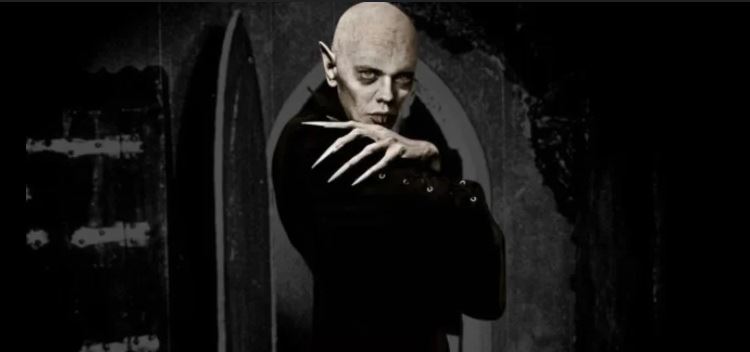
He’s also sporting a mustache. It’s Orlok as a wight, as a zombie- but it’s lacking the expressive flair of Max Schreck nor the wounded humanity of Klaus Kinski. At no point in this film do we get a sense of a person- Skarsgard’s Graf Orlok is a shadow, a crawling and putrescent zombie. It’s not as magnetic as Max Schreck or as Klaus Kinski, but Skarsgard isn’t really trying to portray anything that is quantifiable as a person, either.
Willem Dafoe steals the film as Van Helsing, the best Van Helsing I’ve seen by far, and I’ve seen them all. He strikes the right balance of conviction and eccentricity- most other performances are either too crazy or too fanatical, but Dafoe really gets the caginess of a man half stepped into the shadows.
Simon McBurney also did a great run as Knock/Renfield, though I’ll always hold a fondness for Dwight Frye’s performance. McBurney gives a great more agency to Knock- far less of a pawn and much more of an accomplice- combined with a truly ghoulish relish..
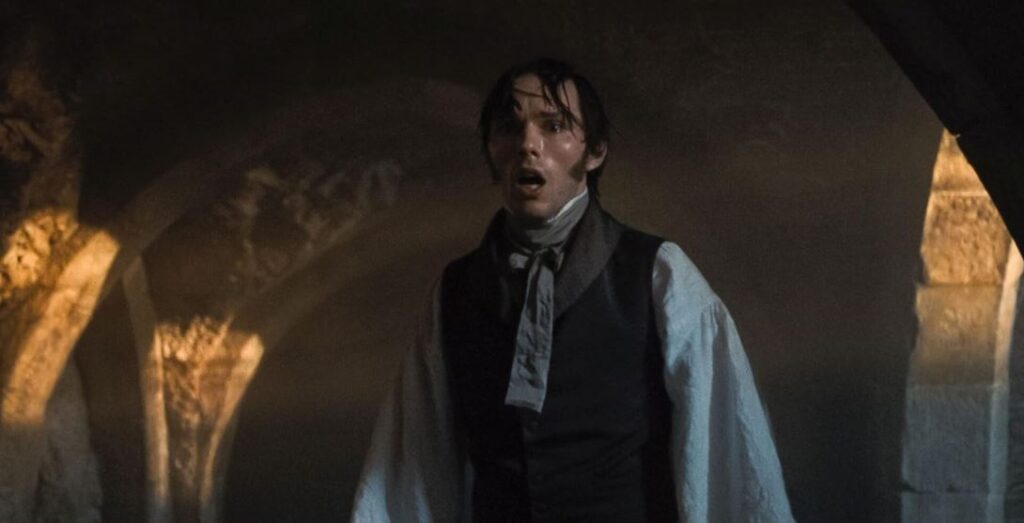
Didn’t care much for Lily Rose-Depp and her performance. Is whispering and not blinking meant to be acting? Very stylized, which may have been Egger’s direction, but really, she was one of the least desirable objects of desire that I’ve ever seen. I’d rather sink my fangs into a blobfish than that frumpy pale little skull. Between her and Nicholas Hoult, I got the impression that Eggers was casting on the basis of bone structure and portraiture than on the capacity to emote; but I tend to have a hard time with extremely stylized, non-naturalistic performances. But she definitely gives a lot- her twitching and spasming are extremely kinetic, intense, and lurid. It was more on the softer notes where her performance wasn’t landing.
A few minor demerits, but really it’s quibbling: Eggers is clearly laying out his favorite stylized set of tropes, which includes things like using seizures and tremors for dramatic effect. So there’s a good amount here which will seem like replays from The VVitch and The Lighthouse. But if you like that sort of queasy provocation, well, Eggers does deliver.
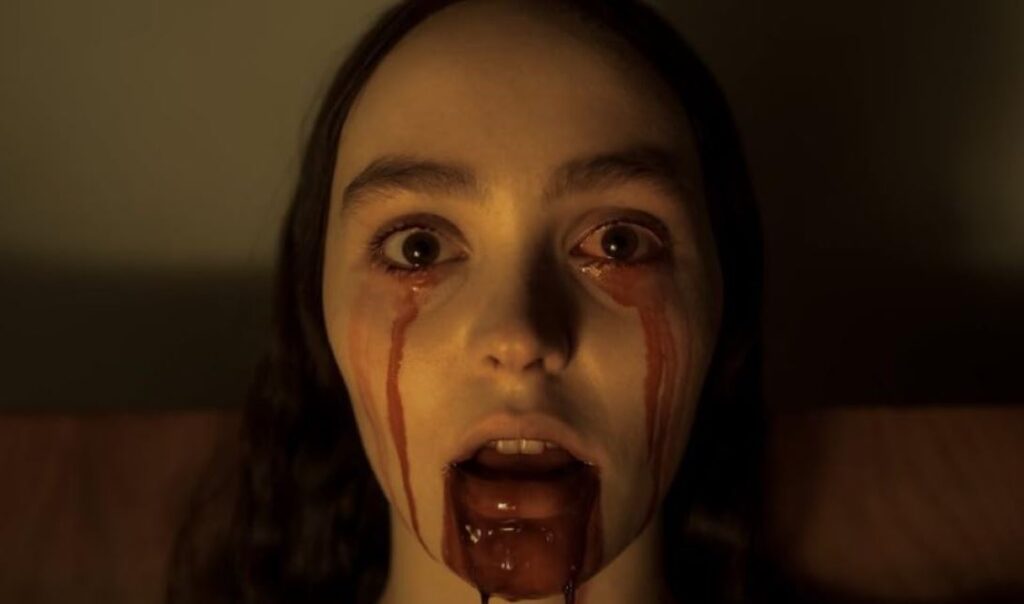
Overall, this is a film which is a bunch of children trying to remember and recount a half-forgotten fairy tale. It’s very beautiful at points, far too much of a victim of blue palettes at others. It’s unlike either the Murnau or the Herzog in that it’s disconnected from the culture. Robert Eggers is clearly an American; it’s well composed, immaculately lit, but with a clinical and anthropological eye that is unwilling to engage in actual matters of the heart. It’s sort of like Brueghel’s The Triumph of Death in that regards- the artist is using his craft to establish distance, rather than engagement with, the film.
Well worth a watch, but probably not an eternal favorite down in the warrens like the Murnau or Herzog films. Much like Guillermo Del Toro’s Nightmare Alley, Robert Eggers has made a beautiful, stylish, lavish film, but I’m not sure how re-watchable it’s going to be. It’s a Nosferatu that is for our times and also, deeply, of our times as well. I’ll be deeply curious to see how this film ages in our culture.
Leave a Reply